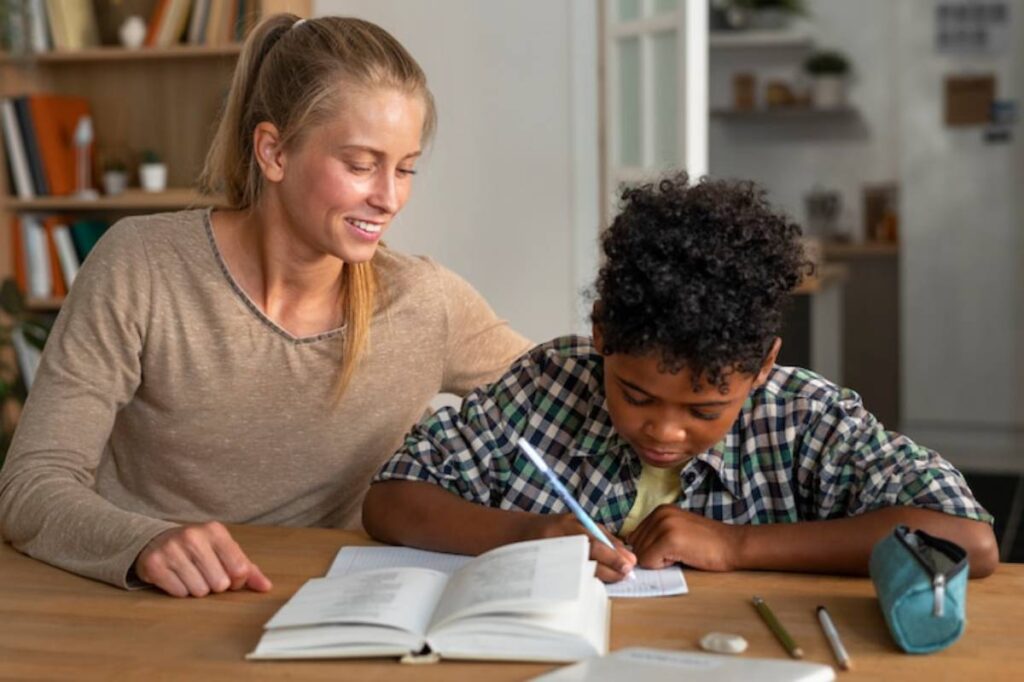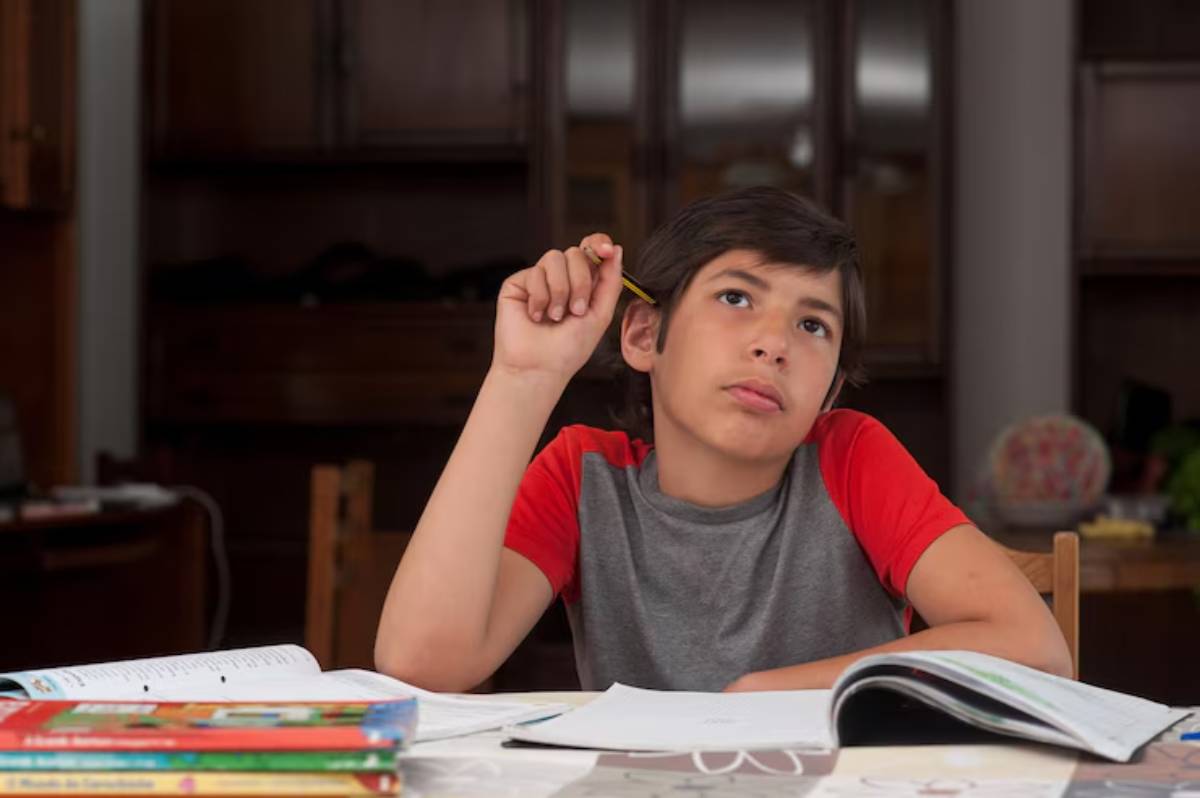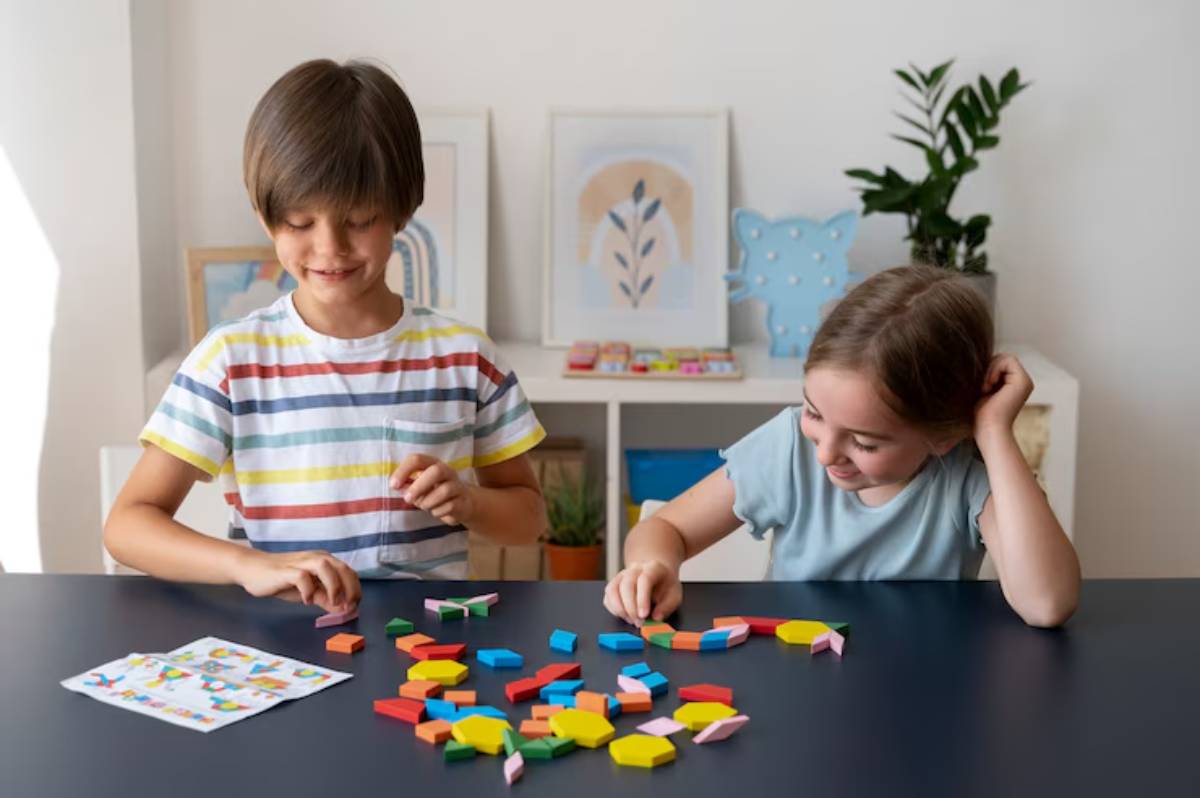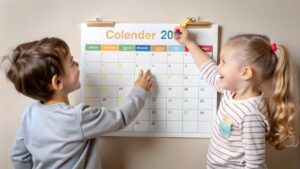The Education Blog

How to Unschool After Traditional Schooling
If you’re coming from a structured school background, the idea of unschooling might feel radical. No timetables? No curriculum? No tests? It sounds freeing — and terrifying.
But for many families, unschooling is not about neglecting education. It’s about trusting your child’s natural curiosity and moving away from rigid systems that didn’t work.
So how do you go from bells and worksheets to a more organic, child-led approach? This guide will help you navigate the deschooling process, recognise learning in everyday moments, and build a relaxed homeschool start that fits your child — not the other way around.
What Is Unschooling, Really?
Unschooling is a form of homeschooling that allows children to guide their own learning based on interests, passions, and real-world experiences.
Key Principles:
- Children are innately curious and motivated to learn
- Learning happens all the time — not just during “school hours”
- Real-life experiences are just as valuable as academic content
- Adults act as mentors, not instructors
It’s not “doing nothing.” It’s doing learning differently.
Start with Deschooling — And Take It Seriously
You can’t go from school-at-home to unschooling overnight. First, you and your child need to unlearn the patterns and pressures of traditional education.
Deschooling Means:
- Letting go of fixed schedules, testing, and formal subjects
- Observing what your child gravitates towards naturally
- Rebuilding trust in their ability to learn without pressure
Give it time. A good rule? One month of deschooling per school year completed. This phase is about decompressing — and it’s foundational to successful unschooling.
For guidance on this shift, what to expect when leaving public school can give you a clearer idea of the emotional and lifestyle transitions ahead.
Redefine What Learning Looks Like
School teaches us to think learning only happens with worksheets, lectures, and assessments. Unschooling teaches us the opposite.
Everyday Learning Examples:

- Playing Minecraft =Thinking a problem-solving, collaboration, digital literacy
- Cooking = maths, science, planning
- Birdwatching = biology, observation skills, note-taking
- Writing stories = grammar, structure, self-expression
Start paying attention to the “invisible learning” your child is already doing. You’ll see they never really stopped — they just stopped being measured.
Follow Interests Without Forcing Outcomes
You may be tempted to turn every interest into a unit study. While it’s great to support exploration, avoid hijacking your child’s curiosity with adult agendas.
Try This Instead:
- Ask open-ended questions: “What do you want to explore next?”
- Provide resources, not assignments: documentaries, books, tools
- Be curious with them, not directive
Let their interests evolve. Some will fade. Others will grow into lifelong passions.
Create an Environment That Invites Learning
Your home doesn’t need to look like a classroom. But it should be rich in tools, materials, and freedom.
Set Up:

- Games, Accessible books, art supplies, science kits
- Tools for building, exploring, creating
- Spaces for quiet focus and noisy experimentation
Think of your home as a launchpad. A place where ideas are welcomed, not graded.
Document Learning Without Pressure
Even in relaxed homeschool settings, you might need to document learning for legal purposes or peace of mind.
Low-Stress Options:
- Take photos of projects, outings, and creations
- Keep a journal of what your child explored each week
- Create a portfolio with samples, reflections, and notes
Make this light, not burdensome. Documentation should reflect real learning — not recreate school reports.
You can also blend unschooling with more formal moments by introducing self-guided homeschool routines when your child is ready for more independence.
Trust the Process — Even When It’s Quiet
Unschooling has lulls. Days where your child seems to do “nothing.” That’s okay. Rest, boredom, and play are not the enemy — they’re part of the learning cycle.
Remember:
- Boredom breeds creativity
- Processing takes time
- Breakthroughs often follow quiet phases
Trusting your child means resisting the urge to fill every moment. Let them surprise you.
Navigating Doubts and Outside Pressure
Friends, family, even your own inner critic might question your choice. “But how will they learn maths?” “Will they ever go to university?” “Aren’t you worried they’ll fall behind?”
How to Respond:
- Share examples of what your child is learning organically
- Remind others (and yourself) that learning isn’t linear
- Keep reading, connecting, and growing your confidence
Over time, results will speak louder than doubts.
You’re Not Opting Out — You’re Leaning In
Unschooling isn’t about avoiding education. It’s about redefining it. It’s about seeing your child as a whole person — not a test score or a grade level.
Will it challenge you? Yes. Will it sometimes feel messy, uncertain, even lonely? Absolutely. But it will also be joyful, connected, and deeply human.
You don’t need a perfect plan. You need curiosity, presence, and a willingness to grow alongside your child.
That’s not giving up on education. That’s bringing it home.









